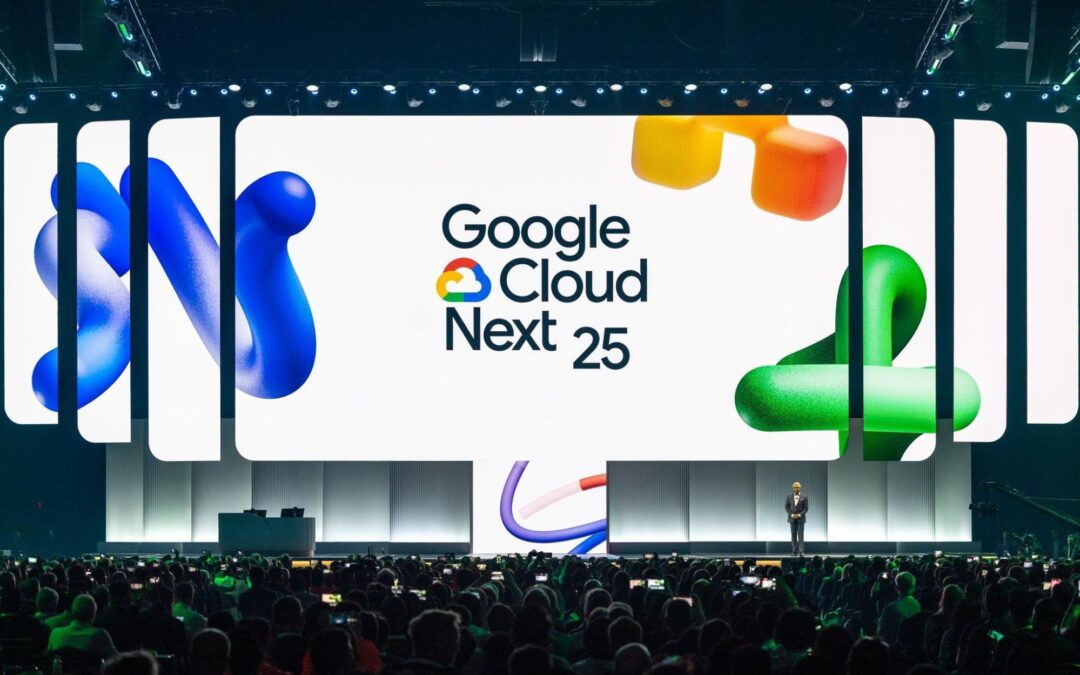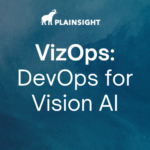Just back from the event, Marshall offered a behind-the-scenes view of what mattered most—from the showstopping Wizard of Oz remaster at the Sphere to the emerging economics of inference and the real ways companies are adopting AI at scale.
AI First: A More Focused Google Cloud
Google’s messaging this year was strikingly clear: AI first. From frontier models to multi-agent protocols, the company’s keynote showcased how AI is now central to Google Cloud’s roadmap. Marshall noted this rare clarity from a company often spread across numerous initiatives. The proof? Small but telling choices—like demoing agent workflows from Outlook instead of Gmail, underscoring a shift toward a multi-cloud, open-ecosystem mindset, especially relevant with their upcoming Wiz acquisition.

The Sphere and the Wizard of Oz
One showstopper was Google’s partnership with Sphere to upscale The Wizard of Oz into a 16K immersive experience. Using Google’s V2 video model, the project added AI-generated context around original frames—up, down, left, and right—to transform the classic film for a 360° viewing environment. Marshall called it both technically impressive and artistically exciting: “Google was the only company that could pull this off.”
The Data Supply Chain Is the New AI Frontier
While glitzy demos drew headlines, the real game-changer lies in what Kit dubbed the “data supply chain.” As enterprises move beyond collecting massive datasets, the focus has shifted toward data labeling, governance, and quality.
Marshall emphasized that the expected rush to buy data infrastructure tools (think Snowflake, Confluent) hasn’t materialized—instead, companies are investing in people and practices to prepare their data. He cited HCA, which used Google’s Gemini to reduce a 90-day labeling task to one hour. “And frankly,” Marshall added, “the person would have wanted to quit by day two. AI not only did it faster—it preserved morale.”
ROI Rethink: AI’s Cost Curve Is Collapsing
Another highlight: the concept of rethinking AI ROI. While most enterprises obsess over investment size, Marshall spotlighted a quote from Capital One’s head of AI: inference costs have dropped 1,000x in 22 months. In other words, even modest returns on AI efforts today may snowball as costs continue to drop. That opens the door for previously infeasible use cases to become profitable—fast.
Real Enterprise Use Cases Are Emerging
So where is AI gaining traction? According to Marshall:
- Healthcare: Surprisingly leading, with strong adoption of text-based chatbots and data prep.
- Telco: Ramping up call center AI with measurable ROI.
- Industrial: Preventative maintenance examples from Honeywell and Toyota stood out.
- Security: Fast-moving AI workflows are already transforming triage and alert management.
Final Thoughts
Google Next 2025 confirmed what many already suspected: AI is no longer experimental—it’s operational. But unlocking its value depends on the boring but vital stuff: clean data, cross-functional teams, and a fresh mindset around ROI. The generative moment is here. The data supply chain is forming. And the enterprises that move now may just be the ones who shape what’s next.
Looking Ahead
While the AI hype cycle has its peaks and valleys, Marshall cautioned that change is already underway—and quietly accelerating. That’s not fearmongering. It’s a timeline. And as costs fall, tools simplify, and data becomes more usable, the industry is moving from exploration to execution.
Marshall is next headed to RSA and Meta’s LlamaCon event. Meanwhile, he’s keeping an eye on how AI shifts the balance of labor, attention, and ROI across industries. Watch the full interview on our YouTube channel, explore more of Marshall Bush’s work at baleenresearch.com, stay tuned for upcoming insights from Plainsight’s Filter Lab series.




